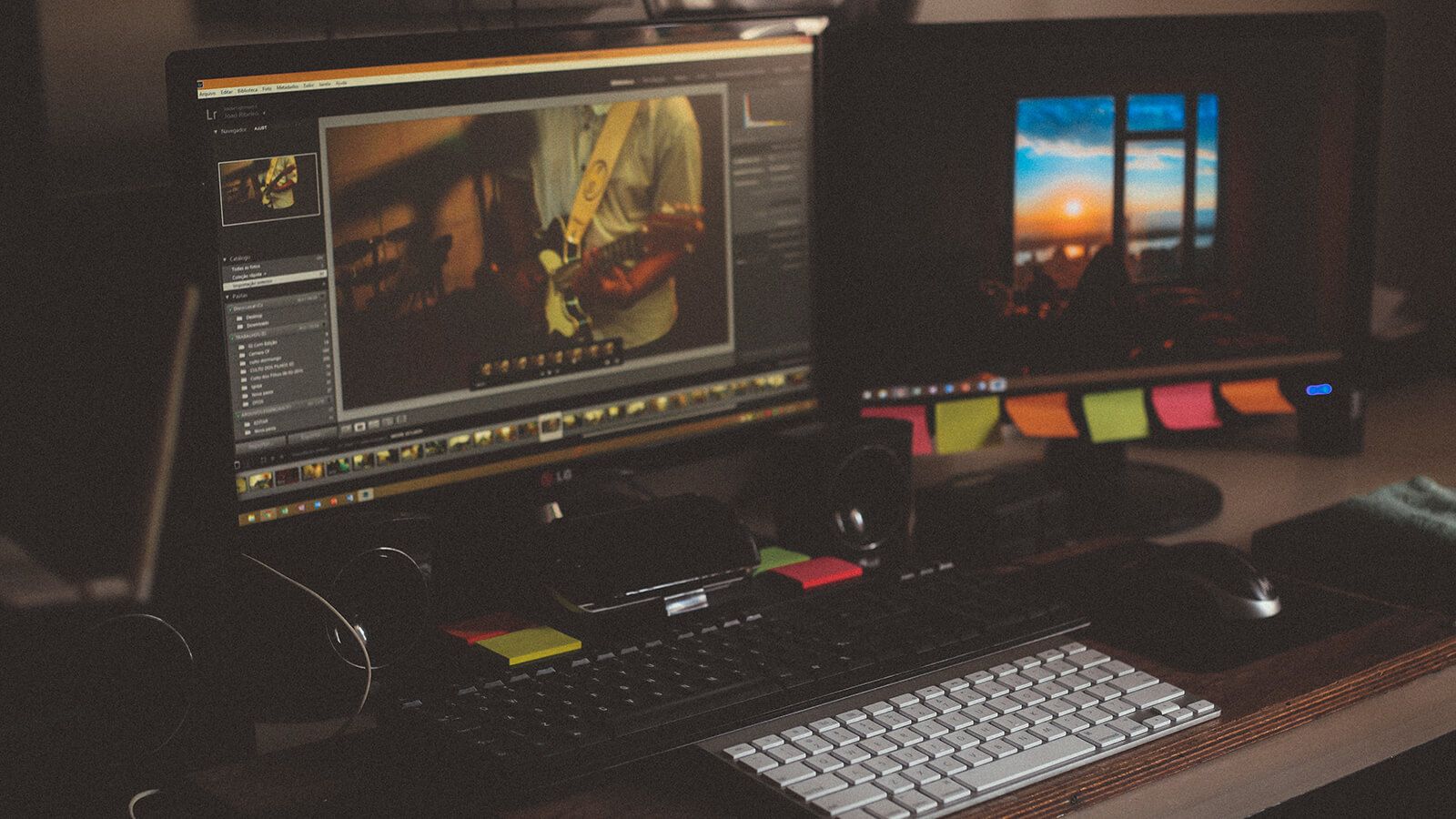Cutting Edge: Mastering the Art of Video Editing
Cutting Edge: Mastering the Art of Video Editing
Blog Article

In the digital age, video editing has emerged as a powerful tool for storytelling and creative expression. Whether you are a content creator, a filmmaker, or someone looking to enhance their personal projects, mastering video editing can elevate your work to new heights. The ability to weave together visuals and sounds seamlessly allows you to engage your audience and convey your message effectively.
As the demand for compelling video content continues to skyrocket, the landscape of video editing has become more accessible than ever. Advanced software and intuitive applications enable both beginners and professionals to dive into the world of editing with ease. However, to truly stand out in this competitive field, one must develop a keen understanding of the techniques and nuances that define great video editing. In this article, we will explore the essentials that can help you master this art form and take your projects to the next level.
Essential Tools for Video Editing
Choosing the right tools is crucial for effective video editing. At the core of any editing process are software programs that enable creators to manipulate footage, enhance audio, and add effects. Popular options include Adobe Premiere Pro, Final Cut Pro, and DaVinci Resolve. Each of these programs offers a unique set of features, catering to different levels of expertise and project needs. Investing time in familiarizing oneself with these tools can significantly enhance the quality of the final product.
In addition to software, hardware also plays a vital role in video editing. A powerful computer equipped with a fast processor, ample RAM, and a dedicated graphics card can drastically improve rendering times and overall performance. A dual-monitor setup is another benefit, allowing editors to view timelines and footage simultaneously, which boosts productivity. External hard drives for storage and backup are essential to ensure that large video files are safely stored and easily accessible.
Finally, consider the importance of additional accessories and equipment that can improve the editing experience. An ergonomic mouse and keyboard can provide comfort during long editing sessions, while a quality pair of headphones or studio monitors can enhance audio editing. Moreover, having access to stock footage and sound libraries can expand creative possibilities. By harnessing the right tools and equipment, editors can elevate their craft and produce compelling video content.
Techniques to Enhance Your Edits
One effective technique to elevate your video editing is the use of color grading. This process allows you to adjust the hues, saturation, and brightness of your footage to create a specific mood or atmosphere. By applying consistent color tones across your clips, you can unify the visual narrative and guide the viewer's emotional response. Color grading can transform a standard video into a visually stunning piece by playing with contrasts and enhancing the natural beauty of the scenery.
Another essential technique is the incorporation of sound design and music. Audio is a powerful element in video editing, and it can significantly impact how your message is perceived. Carefully selecting sound effects and background music that align with the visuals will help in creating a more immersive experience for your audience. Syncing sound with visuals, such as matching audio cues with specific actions on screen, can add a level of professionalism that is often the hallmark of great editing.
Lastly, transitions can play a crucial role in maintaining the flow of your video. Instead of using standard cuts, explore creative transitions that enhance the narrative, such as fades, wipes, or even animated effects. Smooth transitions can help maintain viewer engagement and ensure that the story progresses naturally. Experimenting with various transition types can add a unique flair to your edits, making your final product stand out.
Finalizing and Exporting Your Video
Once you have completed all the editing tasks, the next important step is finalizing your video. This involves reviewing your project carefully to ensure everything is in place, including transitions, effects, and audio sync. It is crucial to watch your video multiple times to catch any mistakes or inconsistencies. Consider asking for feedback from peers or colleagues, as a fresh set of eyes may spot issues you have overlooked.
After you are satisfied with the content, it is time to export your video. Choose the appropriate export settings based on the platform where your video will be shared. Options may include resolution, format, and bitrate. Different platforms have specific requirements, so understanding these will help in maintaining the best quality while optimizing for performance and load times.
How To Cut Large Video Files Online
Finally, once the video is exported, be sure to save your project files. Keeping organized backups of your raw footage and project files ensures you can make edits or adjustments in the future if needed. With your video now finalized and exported, you are ready to share your work with the world, showcasing the skills you have honed in the art of video editing.
Report this page